Mario Cucinella on Green Architecture

Architect Mario Cucinella shares his insights on building Green Architecture through collective intelligence, empathy and social responsibility alongside skillful designs.
Mario Cucinella, founder of Italian firm MCA – Mario Cucinella Architects, one of the most influential European architects and an expert on sustainable architecture, gives his inspiring Master Lecture on Sustainability and Beauty coorganised by Consulate General of Italy in Hong Kong and HKDI on 6th Italian Design Day in March.
In his 30 years of career, Cucinella has designed many iconic buildings in Italy and around the world. He bears multiple awards for his innovative solutions in terms of environmental and energy efficiency.
At Cucinella's spacious and sunshine-filled offices in Bologna and Milan, "collective intelligence" is largely encouraged. Cucinella says, "Being an architect does not only mean designing buildings but also having the knowledge in areas such as engineering, design, research and community engagement. We are not a company run by one person, but a combination of intelligence. We would like to call this collective intelligence."
In Cucinella's opinion, creativity and empathy are two crucial words for architects. While the former is easy to comprehend, Cucinella describes the latter as an ability to create relationships with the surroundings, both as an architect and as a person. "Combining creativity and empathy is a way to control. It gives you a very important aspect to the relationship between buildings and the climate and people."
Research is another important tool for Cucinella. "Our work is based on research." He says, "Architecture becomes more complex in terms of tools, response, programmes and relationships with the environment. We have an R&D unit, and we try to transfer knowledge of the natural world into buildings."
Fusing together creativity, empathy and research ability, Cucinella leads his team to come up with unique solutions for sustainable architecture. One Airport Square in Ghana is a vivid representation of such vision. It is a nine-storey multi-purpose building inspired by local palm trees. After extensive research in this West African country, Cucinella realised that although Ghana has a hot tropical weather all year round, being in the shades can largely reduce the discomfort caused by high temperature. Just as one would stay under the tree to keep cool, keeping the whole building under shade significantly reduces the need of air-conditioning.
"This is an architectural response instead of a technological one." Cucinella says, "Sometimes we consume too much unnecessary energy in buildings. As we understand the relationships between building and nature, we find this to be an architectural problem."
The company also gave birth to an interesting building project inspired by cactus. "We learn something from plants." Cucinella says, "We combine all intelligence together to respond to questions in architecture and design." He also has an interesting way of examining architecture capabilities by comparing it side by side with a plant. The natural ability of a plant to perform tasks like photosynthesis and absorb nutrients from soil leaves Cucinella wondering whether buildings could learn a thing or two from plants. "Maybe we can transfer this knowledge of nature coexistence and apply it to city-scale development." He says.
As the entire society strives to achieve zero emission in the next few decades, Cucinella reminds us that the answer might come from the past. "What did we do before we discovered fossil fuel? How did we build?"
In his new book The Future is a Journey to the Past, Cucinella explores the ancient ways of building around the world in different contexts and examines the difference in architecture between then and now. It became clear to him that the architecture today consumes much more energy and looks much more similar to one another. "We don't need to look at the past in a nostalgic way, I'm not a nostalgic person." He says, "What we need to do in the future is to reconnect with our past. We need to rebuild that bridge of knowledge from the past to look into the future."
Cucinella also experimented with such idea. Building with soil has long been a traditional method in various cultures. Cucinella takes it to the next level by introducing 3D printing technology to realise earth architecture. Adaptation is important for these built fabrics, while local humidity and latitudes all play a role in how the end products turn out to be. As architectural responses, Cucinella and team increase ventilation of the buildings in India, while implement big windows to catch enough sunlight in the northern countries.
Apart from the discussion of green architecture and seeking traditional know-hows, Cucinella always has an affection for designing schools. These are where one feels the huge social responsibility of architecture and equal amount of joy and satisfaction when seeing occupants enjoy being in the space. Cucinella says: "Architecture is a common good. We are designing not for ourselves but for others."
In Cucinella's version of a nursery school, all space is dedicated to children. He believes that being inside an architecture is a form of education. "Buildings don't move but they travel in memory." He says, "Schools are magical moments for kids. It's their first place to socialise."
According to Cucinella, we are currently in a transitional era, realising we need to make changes to the way we build and not quite figuring out how. "What will be the future for buildings? This is also a question for myself."
After 30 years of work, Cucinella wishes to pass on his knowledge to the younger generations. "We founded the School of Sustainability. We thought it's good to give back knowledge to the young generation in terms of how to reach the zero carbon emission goal of United Nations in 2050." With collective intelligence in mind, Cucinella wishes to spread knowledge, exchange vision and jointly create the sustainable future we are all hoping for.
Others

Latest News | 1 January 2023
The Future of Urbanism
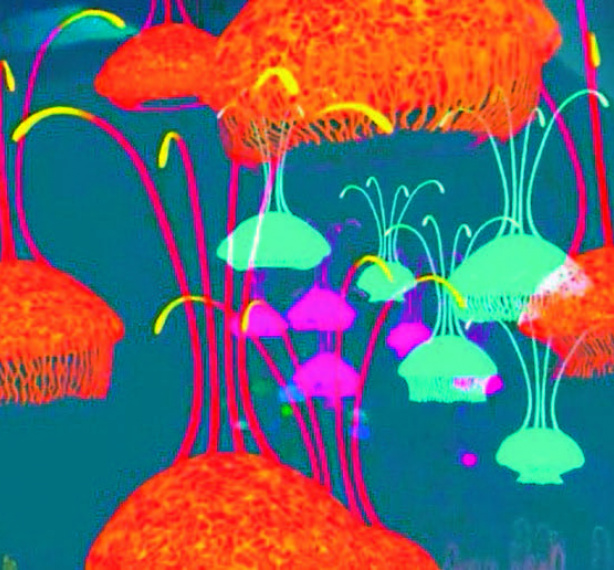
Latest News | 1 January 2023
VR for Pain Management
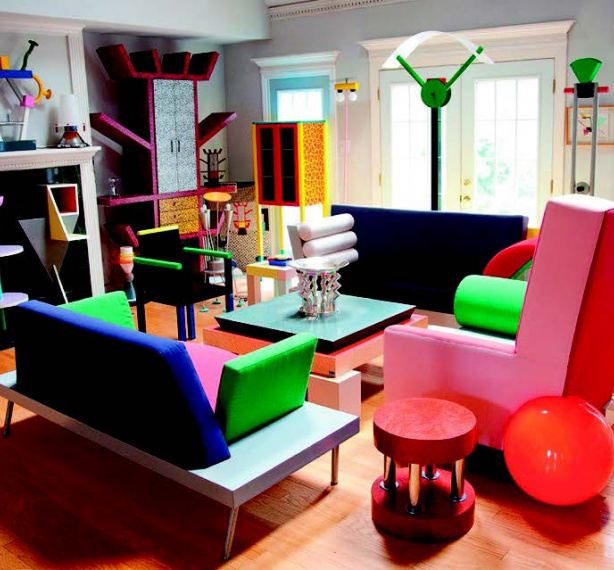
Latest News | 1 January 2023
Beyond Design

Latest News | 1 January 2023
A Feel for the Future of Bioengineering

Latest News | 1 January 2023
Sampling the Future of Fashion

Latest News | 1 January 2023
A Step Beyond Wrapping Products
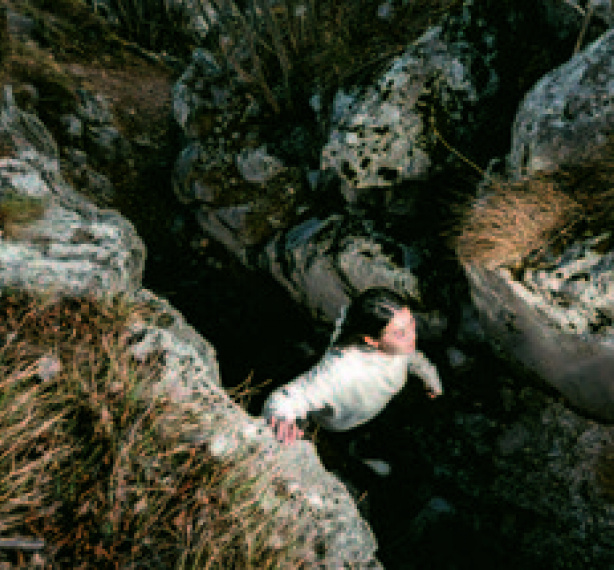
Latest News | 1 January 2023
Spider-Inspired Eco-Fabric

Latest News | 1 January 2023
Fungi Stakes a Claim in the Luxury Market
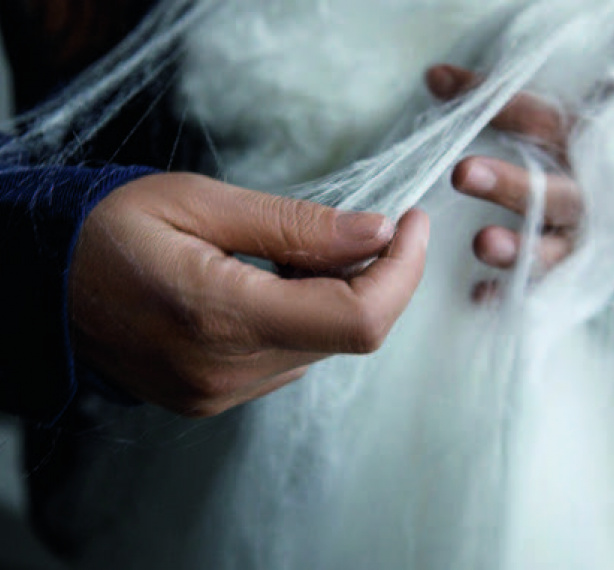
Latest News | 1 January 2023
Rethinking the Everyday: Material Non Material

Latest News | 1 January 2023
Why Digital Materials are Critical to the Future of Fashion
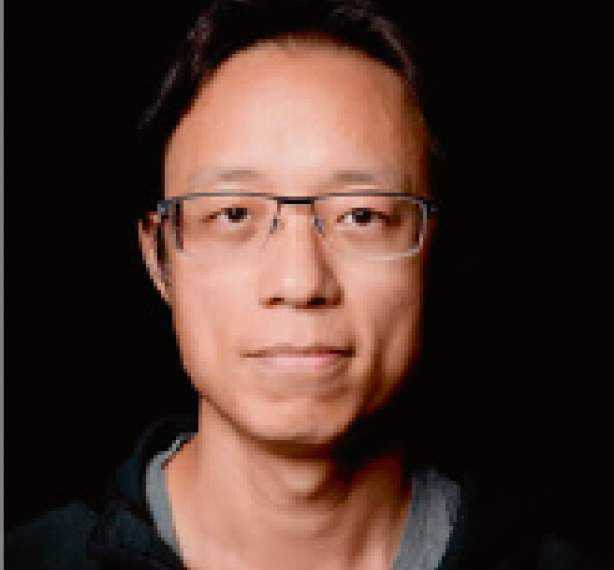
Latest News | 1 January 2023
The True Metaverse will be Decentralized
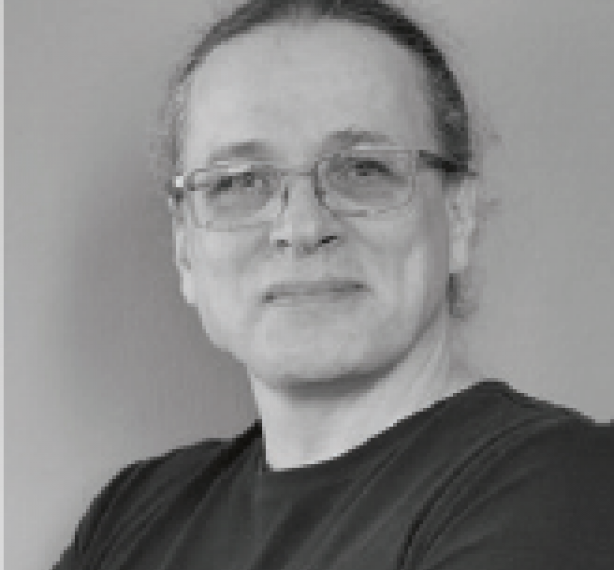
Latest News | 1 January 2023
Game Changer Artificial Intelligence, from Automation to of Digital Systems
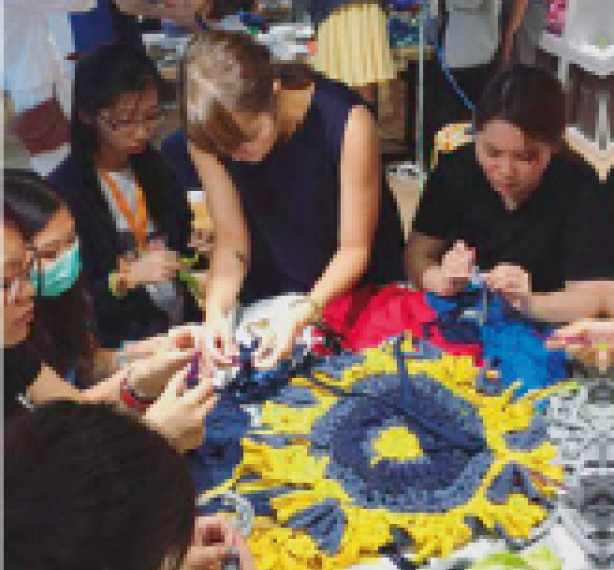
Latest News | 1 January 2023
Sustainability in Education
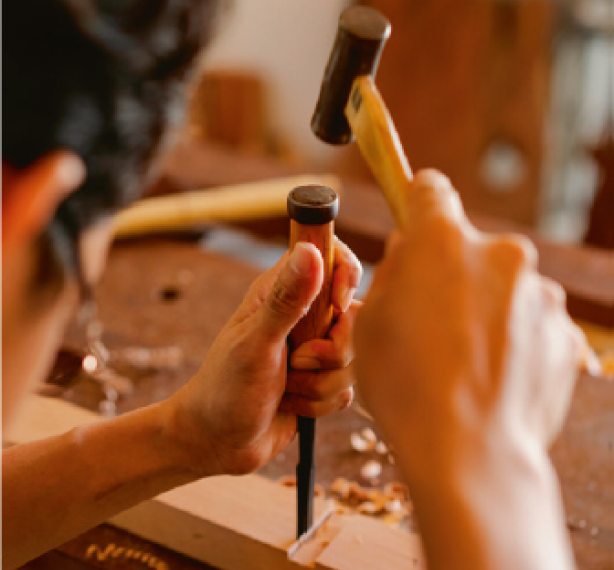
Latest News | 1 January 2023
The Tree Project Vision
Latest News | 1 January 2023
test
